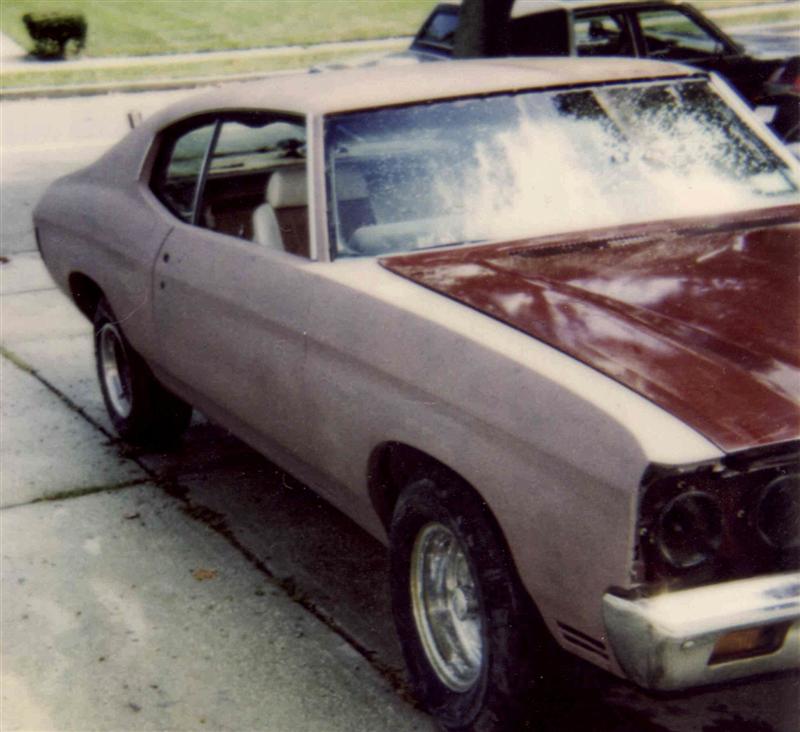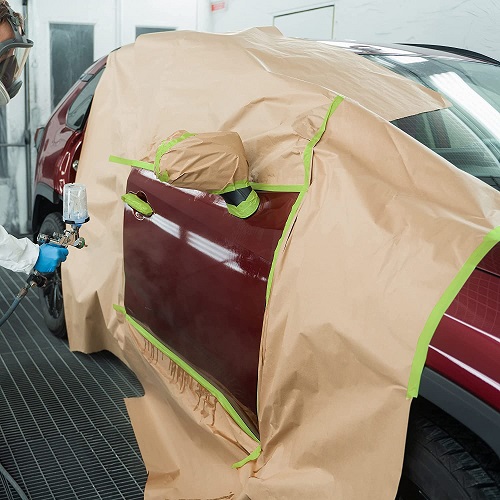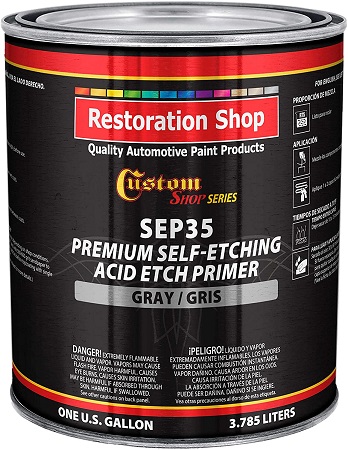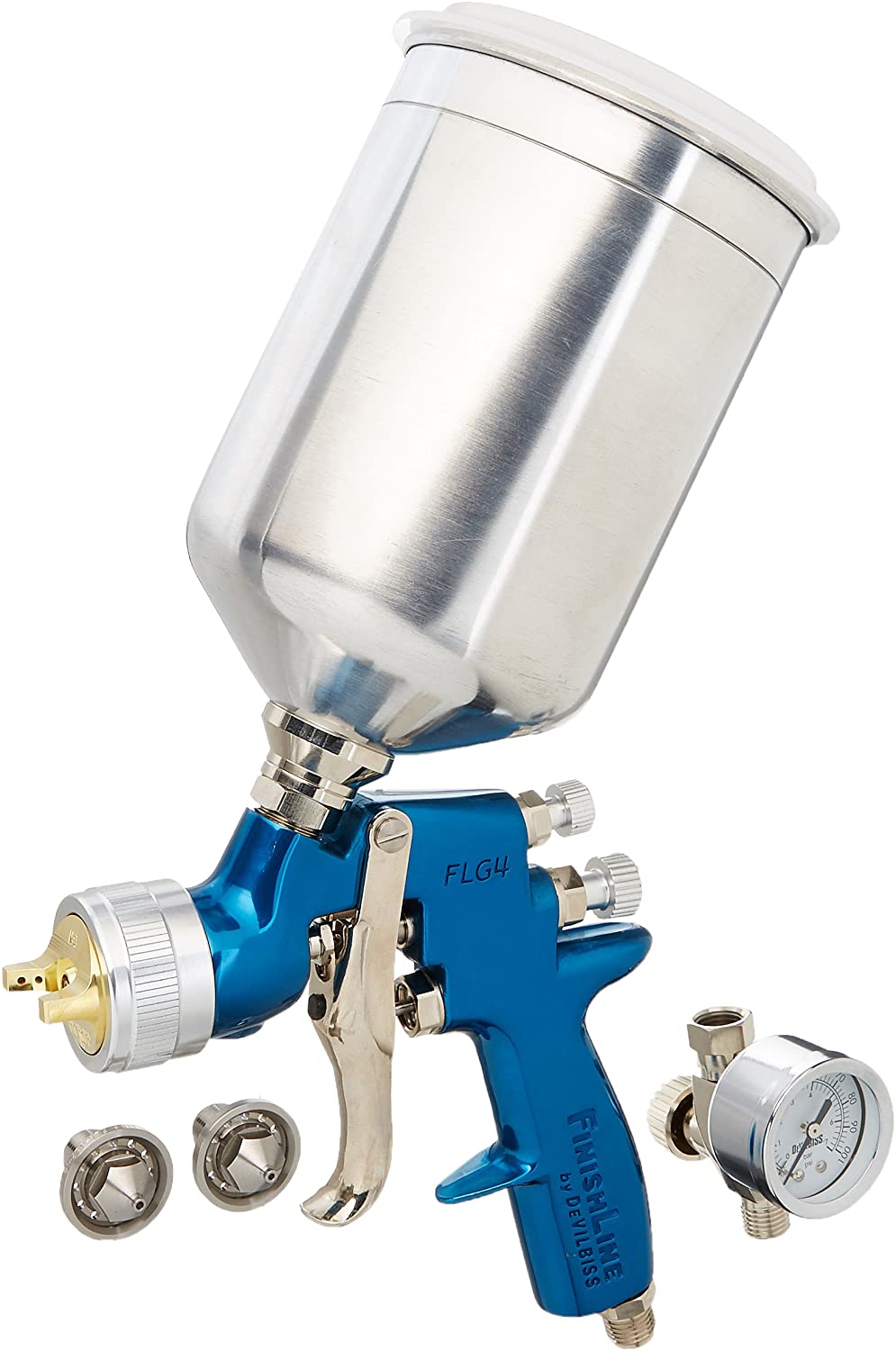How To Prep A Car Before Painting
Article by Mark Trotta
Perhaps the most important part of a successful paint job is surface preparation.

After the bodywork is done, there are a few more steps before you can start painting.
Before Color Coat:
Prime Surface and Block Sand
More Priming and More Block Sanding
Thoroughly Clean Surface
Mask Off What You Don't Want Painted
If you skip over any of these steps, the color coat may not adhere properly, and you'll likely see defects in the finish.
Block Sanding
After priming, a few sessions of block sanding will remove any waves that you can't see by eye, and will get the panels as straight as possible. Start with 240-grit, then switch to 320-grit.
*******************
Sandpaper Grits for Automotive Refinishing
Automotive sandpapers are the most accurate grade of sandpaper. They can be purchased online or at most auto parts stores.
For those unfamiliar, the larger the number is, the finer the surface is.
400 Grit - rough sanding primer
600 Grit - final sanding primer before applying base coat
1000 or 1200 Grit - wet-sanding panels to be repainted
1500 Grit - final sanding of clear coat to remove defects, also can be used as a pre-polish
2000 Grit - finish wet-sanding
*******************
Proper Sanding Techniques
All first-time restorers sand off too much paint - it's just the way we learn not to it the next time!
One way to avoid this is to use guide coats. A guide coat is simply a contrasting color paint between each sanding step, which gives a good visual of when you're done sanding.
Re-prime and re-sand any areas that show body filler. Final sand with 600-grit by hand or with a dual-action sander. This will remove any marks left by the block-sanding.

Clean all sanding residue off with soap and water, followed by water only. Use a high-pressure air blow gun to dry all panels clean and dry.
Wipe the panels with a solvent such as Prep-All to remove any contaminates that may cause paint to properly adhere. This reduces the risk of getting "fish eyes" in the paint.
**********************
After making sure the panels are thoroughly clean, mask any areas you don't want paint on. Before applying masking tape, make sure the surface is clean, dry and dust-free.
Masking Tape and Paper
Apply paper or plastic sheeting over anything you don't want painted.

Automotive masking tape is different than household masking tape--it adheres better but won't leave residue, and it's thicker so you won't get bleed-through.

It's also heat resistant for spray booths and heat lamps.
Apply the tape without stretching too hard, pressing down as you go. Once applied, press the tape in place with a smooth edge object, like a putty knife or a credit card.
Take your time with this step, as it will help avoid unwanted over-spray.
When applied properly, it will leave a nice crisp line when removed.
Types of Primers
If you applied any Bondo or filler, a good sealer should be used before spraying the primer. Some putties will absorb the primer and reducers.
Self-Etching Primer
To achieve a strong lasting bond to the metal, apply a self-etching primer over any bare metal. Etching primers are formulated with a very small amount of acid, which "etches" into untreated bare metal. It also offers corrosion protection, making it ideal for patch repairs, such as floors and fender patches.

Self-etching primers are compatible with most primers, including Urethanes. They are also compatible with most enamels. They are not compatible with epoxies.
Primer Coat
Many two-part urethane primers are high-build and will hold up better than one-part primers or lacquer primers. You may want to spray as many as four or five coats.

Allow primer to air dry for at least one full day before the next step of block sanding.
**********************
Legal and Environmental Concerns
If you live in a residential area, it may be illegal to paint your car at your house. Before you start painting your car in your home garage, check local environmental regulations. The local fire department or auto-body supply store are good places to ask. If it is illegal to do so, an alternative would be finding a spray booth to rent. If neither of these are possible, you can still prepare your car for a body shop. It's a good way to save money.
**********************
Related Articles: